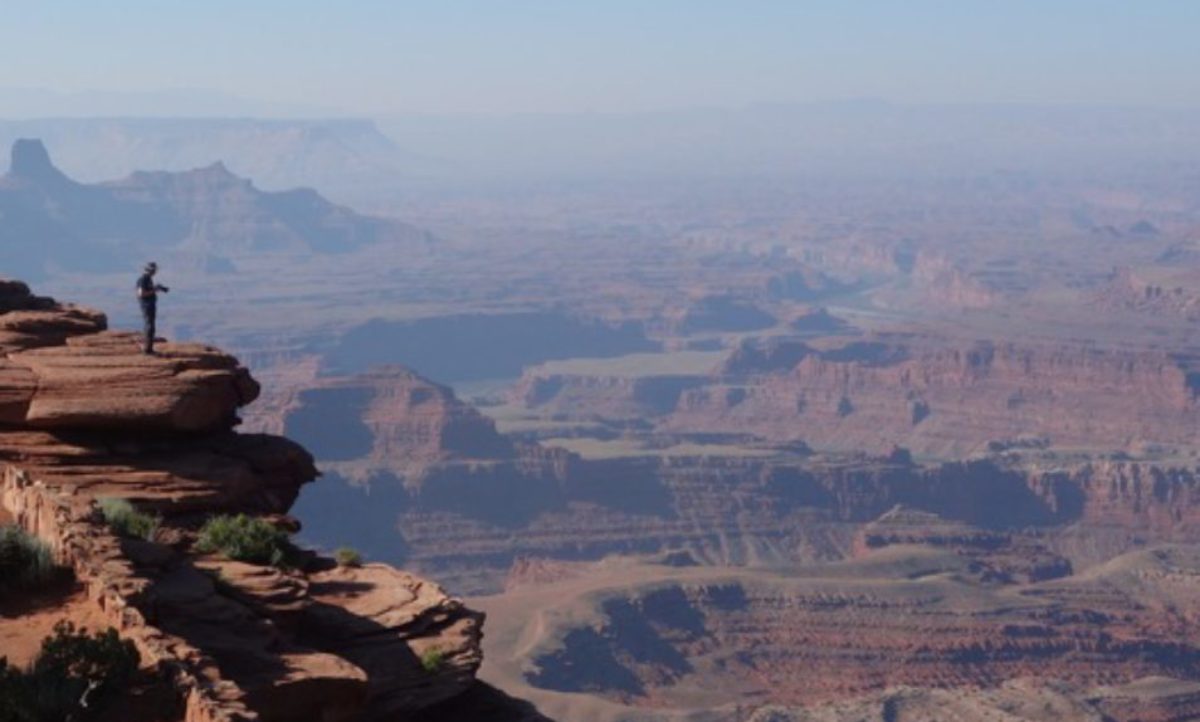We were able to sleep in but there was a morning disembarcation briefing before we arrived at the Kinderdijk area in the afternoon. One of us was required to attend.

I was happy to learn that we would be in the red tagged group. Suitcases had to be outside our door by 8:00 AM, we had to leave the room at 8:30, but we could get continental breakfast in the Aquavit lounge until 10:00. Our van would take us to the airport at 10:15, along with four other passengers.
We sailed to the open air nature reserve of Kinderdijk, as the rain and wind increased. People were putting on their sweaters and coats and scarves and hats .Viking prepared for docking and walking. I watched from the comfort of the library area.

I carefully climbed to the top deck and took a couple of photos.


Was I up for the challenge? No way.
We watched as others left the ship, bundled up with their red Viking umbrellas. There was to be a lecture about the working of the windmills, but from my perch I noticed many people returning after walking along the side of the road to get the pictures that I had already captured from the so called sun deck.
For me, it was Mission Accomplished, with minimal discomfort. We spent the afternoon getting organized and I tried a nice dessert with lunch.

After our time at the windmills, we set sail once again. The day passed quickly and we had our last meal and said good bye to friends we’d met on board.
Beatrice had her last dessert.

We watched from our veranda as we sailed past Rotterdam.

We enjoyed the first part of the trip, except for the confusion about getting on the ship in its new location. I mentioned that to Sue, our program director; she was appalled by the advice given to us by the employee on the Gymir and insisted that I write to customer services. I did, got an apology, the crew member was retrained, and we got a $250 each discount on the next cruise. Will we cruise again with Viking? I think not.
We made it to the airport with time to spare and have been home a week. The poor weather, ship change, the illness on board the ship and resulting lack of energy definitely colored our views. We don’t regret taking the cruise but the conditions could’ve been better. This was the result of circumstances, and not the fault of the company. I do think the crew on the second ship needed more training; the food wasn’t as good, the dining crew was understaffed and the wait between ordering and eating was once one hour. There were some outstanding servers, though,which made up for it.
We enjoyed our short stay in Budapest and enjoyed our time spent in Vienna. These were our two bucket list items and we were able to check them off the list!
The sun is shining and my cold is almost gone! Time to start a new day.
Will we travel again? Definitely. I already have an idea in mind for 2024…
Thanks for joining us for the good, the bad and the ugly.













































































































